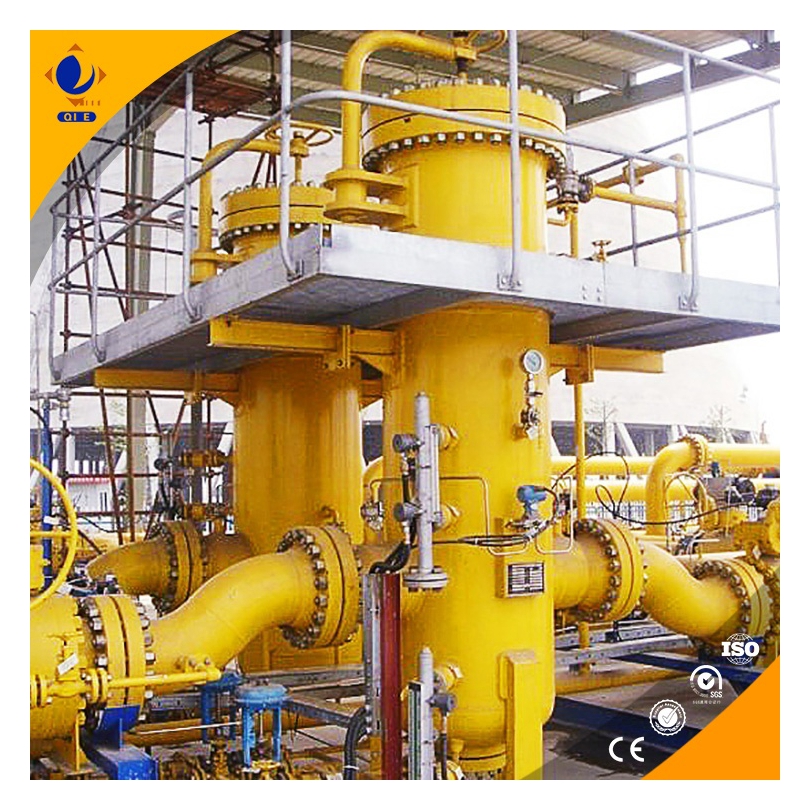
For medium-sized palm oil producers in Southeast Asia, Africa, and Latin America, operational efficiency isn’t just a goal—it’s a survival strategy. Rising energy costs, labor shortages, and tightening environmental regulations mean traditional manual or semi-automated presses are no longer sustainable.
A recent case study from a 15-ton-per-hour palm oil mill in Indonesia shows that implementing a PLC-based control system reduced energy consumption by 18% while increasing daily output by 12%. These aren’t hypothetical numbers—they’re real-world results from a plant that upgraded its pressing line using industrial sensors and smart logic programming.
Modern PLC systems don’t just automate tasks—they optimize them. In the palm oil extraction process, three critical stages benefit most:
These systems also enable predictive maintenance—by detecting abnormal vibration patterns or temperature spikes, they alert operators before failures occur. One mill reported a 40% reduction in unplanned downtime after installing such monitoring tools.
| Metric | Before PLC | After PLC |
|---|---|---|
| Daily Output (tons) | 12.5 | 14.0 |
| Energy per Ton (kWh) | 185 | 152 |
| Maintenance Downtime (hrs/month) | 45 | 27 |
The data speaks for itself—but so does the human factor. Operators who once juggled multiple gauges now focus on oversight rather than constant intervention. This shift improves safety, reduces fatigue-related errors, and boosts morale across the team.

Not all automation solutions are created equal. For mid-scale operations, look for modular PLC platforms that support:
And remember: the best ROI comes not from buying the cheapest hardware, but from choosing a solution that aligns with your long-term production goals—and includes ongoing technical support.
If you're ready to transform your palm oil processing line into a leaner, smarter operation, it’s time to explore what modern automation can do for your business.

